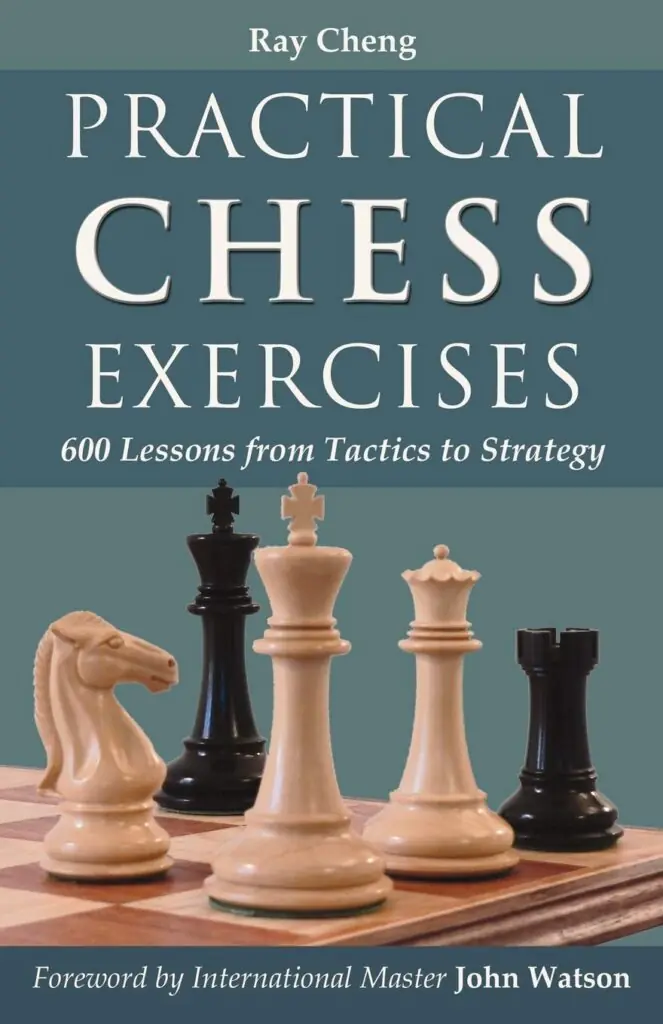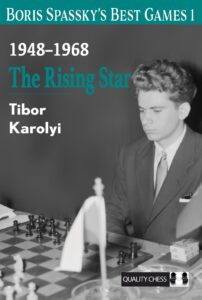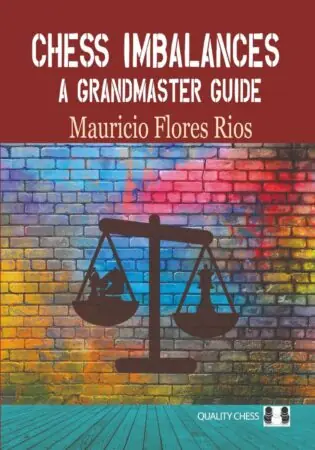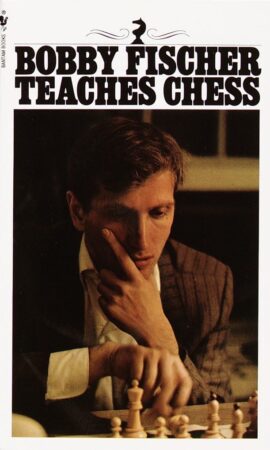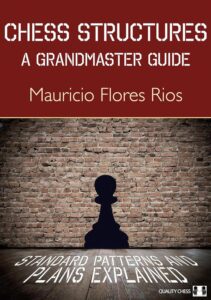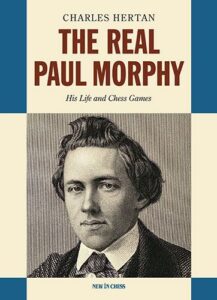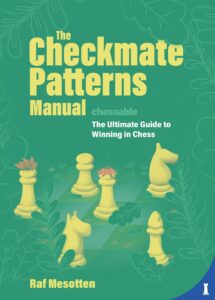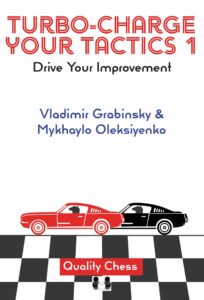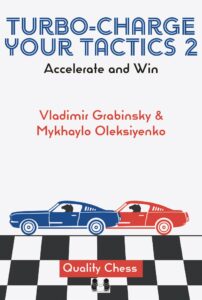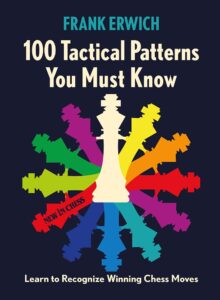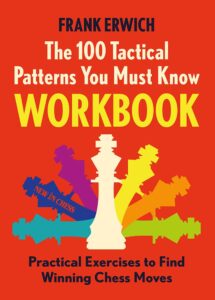Introduction
Standing almost in a league of its own, Ray Cheng’s book is as close to indispensable as a puzzle book can be for the beginner or early intermediate player.
While puzzle books are certainly valuable, there is a very rational school of thought that questions the validity of the “just do tactics” axiom that dominates the adult-improvement space. Beyond that, online tactic trainers are free.
This school of thought, while not perfect, is something I also subscribe to: No one will tap you on the shoulder over-the-board and tell you there’s a three-move combination that will provide you with a decisive advantage. In fact, this happened the day before writing this review. I am pretty sure if someone put the position in a puzzle book and told me to find the tactic, I would have nailed it. Over-the-board in a rapid tournament – not so easy.
Deeper than that, there’s also the fact that the vast majority of moves you make in any given chess game are not critical and require deep calculation. Perhaps any calculation at all. Don’t play weird moves and, at least at the beginner and early intermediate level (one could argue well beyond as well), this is enough to win many of your games.
Tactical and Positional Puzzles
Enter 600 Practical Chess Exercises. In the book, Cheng presents exercises both tactical and positional and within a wide range of difficulty, depending on your level of course. Most importantly and unique within this rating range is that they are not labeled in any way. The positions have no discernable order as it relates to topic or difficulty. It’s just 600 positions.
Player sees the position. Player needs to find the right move.
These books are at least somewhat common for stronger players. Staples like How to Perfect Your Chess come to mind. For the rest of us, there aren’t many of these, if any.
By going through Practical Chess Exercises, a book that could not be titled more appropriately, you won’t only improve your tactical and positional play. Cheng makes the effort to take the positions to a more specific place, including exercises focused on attack, defense, identifying threats, openings, middlegames, endgames and more. It spans the game of chess.
Hand-picked Problems from real games
In addition, the exercises are not engine-created. Cheng combed through tons of games, most of them at the amateur level, to find these positions. Once you make your guess, Cheng goes a step further in explaining the reasoning for the appropriate move, since it’s not something from Puzzle Rush that’s as simple as back-rank mate or slamming the queen into h7.
Quality of Annotations
The annotations are clear and pretty sufficient, but this is the part of the book that keeps it from receiving a 10/10 in usefulness.
Again, the annotations are good. However, many of the problems are within the range of what a somewhat tenured beginner should solve. Obviously not someone still learning how the pieces move or what a fork is, but still at beginner level. The annotations are more so at the intermediate level, so there are some problems where you will benefit from throwing the position in a Lichess analysis board and running through various other continuations to see why your answer didn’t work and why the correct answer was truly the best move.
The explanations cover anything from what you should have been worried about, such as a weak square in your camp that requires additional protection, or even the fact that a specific piece is tied down to protect another piece and the correct answer is focused on killing potentially counterplay. The author addresses natural mistakes the solver may make and even explores other possibilities that work, despite not being “the move.”
Conclusion
Lots of puzzle books are interchangeable. Harsh, but true. Grab a puzzle book, do some puzzles, get better at recognizing patterns and spotting opportunities. That’s great. But Practical Chess Exercises will make you better at chess. Complete the book and you will not just improve your tactical or position knowledge. You’ll become a better chess player.

